O say, can you see?

I’ve wondered how many Filipinos are familiar with the song from which the lyrics come.
Many Filipino Americans, perhaps, have to know the name of the song for their naturalization test and sing it as they take the oath of allegiance for naturalization.
I checked on YouTube and found a powerful rendition by Sofronio Vasquez, a Filipino pop singer based in the United States and winner of Season 26 of the American talent competition The Voice, to open a hockey game.
There are at least two Tagalog translations of the song, both found on YouTube. One, by Mickey Tupaz, is entitled “Ang mga Bituin at Guhit,” and the other, by Joey Ayala, is “Bagong Hinirang.”
Let me go straight to an explanation of my column’s title.
July 4 is US Independence Day, and with our close ties to the US, it is good to think of what that date means, especially with 2026 being the 250th anniversary, the semiquincentennial, of American independence.
I will be giving one interpretation of American independence, which I learned both here in the Philippines and the US. (I actually took American history first, being in a university in the States, then Philippine history when I moved back to the Philippines to continue college.)
Another important footnote: until 1962, Philippine Independence Day was celebrated on July 4 because the US government “granted” us independence on July 4, 1946. It was only during then President Diosdado Macapagal’s term that the date was changed to June 12, commemorating the 1898 declaration of independence in Kawit, Cavite.
For many Filipinos, there was (and is) a disconnect between the American and Philippine independence days.
Both the United States and the Philippines fought long years for independence; in effect, they were long rebellions against colonialism. One could be bolder and say both were anti-imperialist struggles, but be careful because in the Philippines, “imperialism” can get you Red-tagged.
Now, in 2026, Filipinos would do well to think of July 4 in terms of the lyrics of the “Star-Spangled Banner.” The lyrics were written by Francis Scott Key, a lawyer, who witnessed a battle lasting 25 hours, the whole day of Sept. 13 and into Sept. 14—between the US and Britain, their former colonial master. This involved intense bombardment of Fort McHenry, held by the Americans. Key was up at dawn, and as the song goes, “in the dark morning light” (I think of the Tagalog word banaag, the glimmer of dawn); he found inspiration in the American flag (at that time, the young republic’s flag had only 15 stars and 15 stripes) still fluttering. The British troops had left the Fort; the Americans were victorious.
The “Star-Spangled Banner” was not declared the US national anthem until 1931, and has become a call to arms. It was played when the American flag was raised on Iwo Jima Island, where US troops fought a two-month battle to secure the island for landings of planes used against Japan. The American flag raising happened midway through the campaign, which the US won.
Now, in 2026, I think of the star-spangled banner (no capital letters) as a global symbol of liberal democracy, which has come under assault in recent years in many countries, including the Philippines. Ironically, the greatest assault today is happening in the US, on the American people themselves and immigrants.
The first few months of the Trump administration’s second presidency have been particularly bloody, and there are times when battles have been lost on many fronts—not just in government institutions but in the fields of science, medicine and technology, and arts and humanities—using budgetary cuts, outright abolition of offices and agencies, and censorship. Most worrisome has been the attempts to control educational institutions. The Trump team preaches messages like “empathy is weakness” (and by extension, diversity, inclusivity, and equity), and mangles the definitions of truth and freedom.
Americans seem to be holding out, with politicians taking up the cause of immigrants, risking physical assault and arrest themselves; journalists digging up the facts to counter the lies and misinformation; and just the other day, Catholic bishops speaking in defense of immigrants.
The world watches; the Philippines watches. We will find ourselves looking for inspiration too, not necessarily limited to the early morning light, for flags and anthems, other symbols of courageous struggle, surviving and standing proud this Pride Month and beyond.




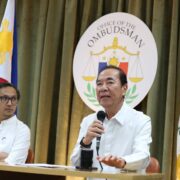
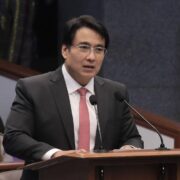





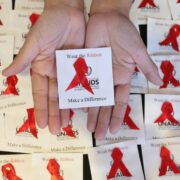

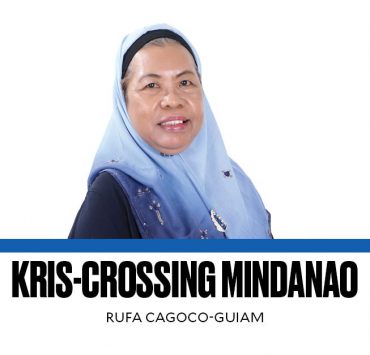

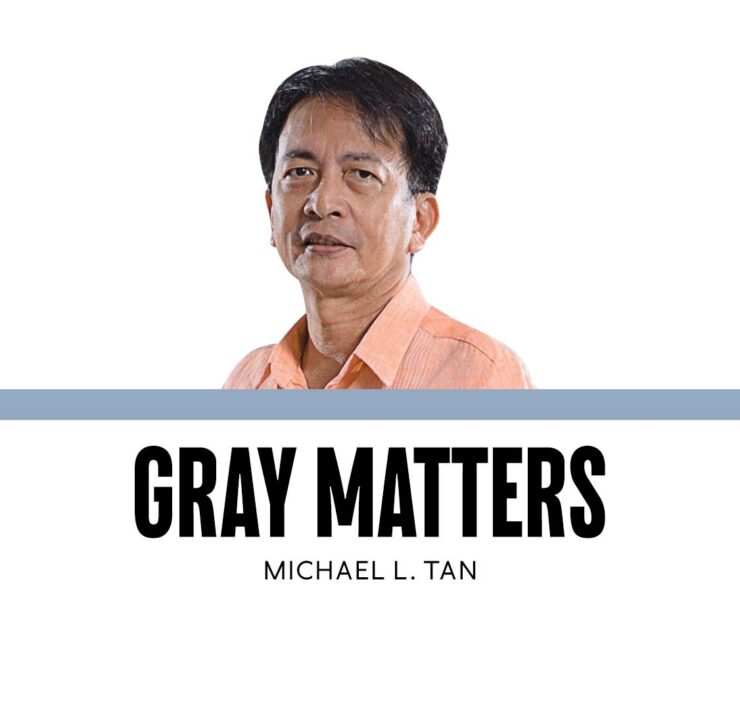


AI can boost energy security in Apec